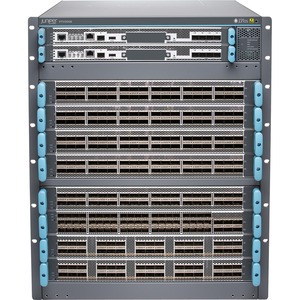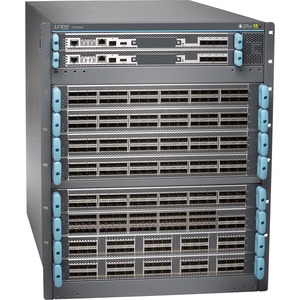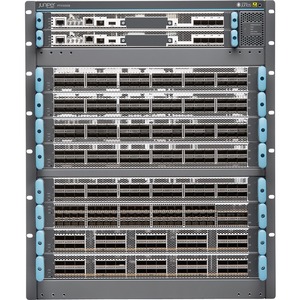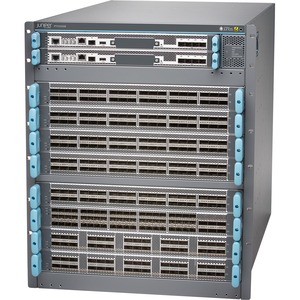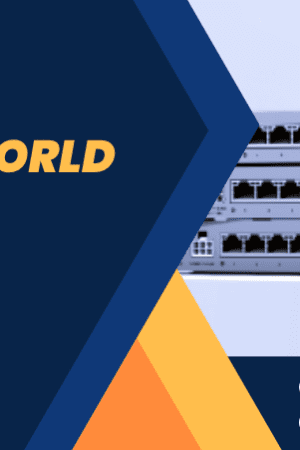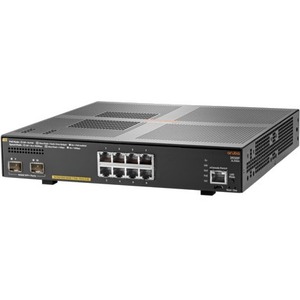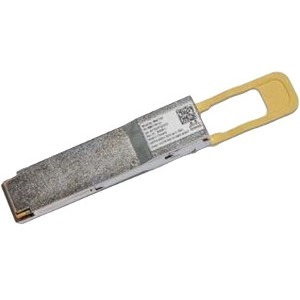Description
Juniper PTX10008 Router Chassis – 8 – 400 Gigabit Ethernet – 13U – Rack-mountable – 1 YearNetworks are facing exponential data growth and changing traffic patterns as applications move to clouds and data centers. Internet exchange providers, collocation facilities, and service providers of all types seek platforms that can evolve quickly to meet these changes while lowering operational costs. The PTX10008 and PTX10016 Packet Transport Routers are next-generation modular routers that redefine per-slot economics, enabling customers to do more with less while simplifying network design and reducing OpEx. The platforms share a common set of components and full feature sets, with various line cards available to satisfy specific core, edge routing, and switching applications.
Product Description
Network traffic today is predominately cloud access, mobile, and video applications. Data center and network operators must provide connectivity services that are low latency, low delay, and with video, provide consistent packet delay variation. The pace of application change, and the speed at which devices can process data, mean operators must be able to upgrade quickly as needs arise. Operators must have the flexibility to offer new services, adjust performance, or explore new opportunities quickly, with confidence that the new services will have sufficient capacity to sustain exponential growth. Competing with the ability to rapidly expand capacity is the need to reduce operational costs. Providers are under enormous pressure to lower margins and compete with new entrants and disruptors that do not have legacy networks to maintain. Among the challenges they face:
- Scale: Providers may offer backbone connectivity that requires a large number of label-switched paths (LSPs). If they are using Segment Routing or RSVP to take advantage of the traffic engineering (SR-TE/RSVP-TE) functionality, the control plane signaling path must be able to scale in step with the growth of LSPs. This ability to scale is needed for both the primary and backup paths to support redundancy mechanisms like fast re-route (FRR). Today, the total number needed for backbone connectivity is a few million. This type of scaling challenge will be felt by operators who are trying to diversify their portfolios by adding a broader scope of connectivity options; for example, a data center operator who wants to provide cloud connectivity or VPN services to enterprise customers, or an operator of private line service who wants to add a collocation service to its offering.
- Operational Flexibility: Virtualized services and the explosion of cloud-based applications are creating increasingly erratic traffic patterns. To handle this unpredictability, service providers need architectures that are flexible and dynamic across all layers. A rigid architecture prevents programmable, predictable, and trafficoptimized networks from supporting any service, anywhere.
- Power Consumption: Power consumption is a variable cost. Hyperscale cloud and service providers have done much to improve the power efficiency of their applications and server operations. Multitenant data centers, collocation facilities, and service providers do not necessarily have the same ability to control all aspects of IT infrastructure and application design to dictate power utilization. Providers need systems designed to take advantage of advances in power usage improvements made in data center computing. Power efficiency is a key factor in reducing TCO.


